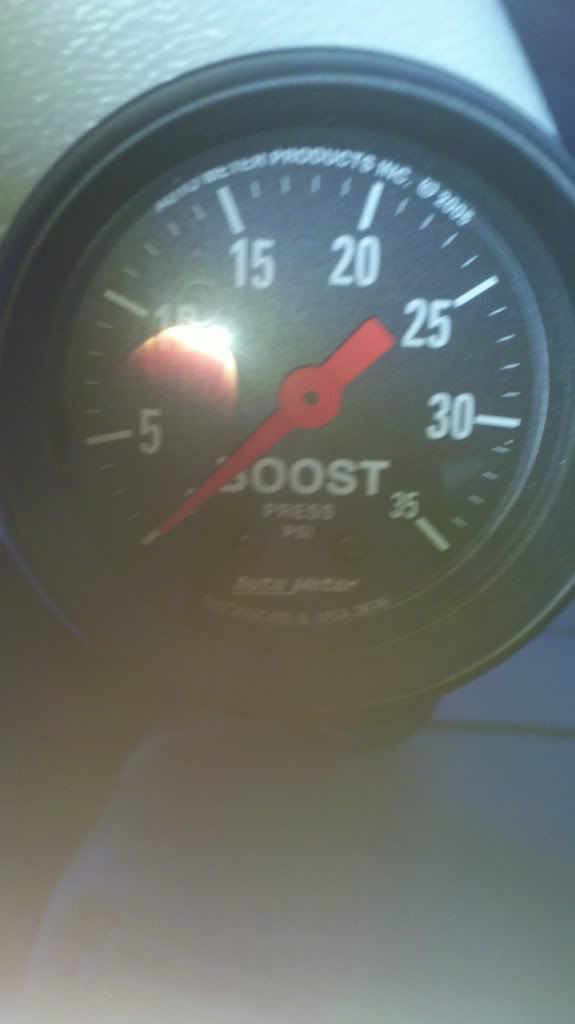Wow, this thread blew up...looks like I need to do a little splitting up.(Just gotta figure out how!!! :redneck
wait, this **** is really interresting! who cares if they hijacked me? :corn:
Wow, this thread blew up...looks like I need to do a little splitting up.(Just gotta figure out how!!! :redneck
My truck has ran my gauge out and it stops at 35psi:redneck:
Fixed!!! :fawkdancesmiley:

gave me a boner too! twice.... nothing like that sand cheby tho, sorry Tom Tom!:kiss:

:fawkdancesmiley::fawkdancesmiley::fawkdancesmiley:
That sand cheby wont pull grants pass at 60 mph loaded down to 26k:fawkdancesmiley:
Dear WHITE TRASH;Wow all that drivel and it's fawking wrong. NO ONE measures the weight of air when speaking of forced induction. 5 lbs. of air is a huge amount even compressed so that argument is ****ing worthless. People speak of psi, pounds of Pressure per Square Inch easy as that. Not volume that is controlled by the proper matching of components.
I run my shop compressor at 130 psi does that mean that if I unplug the motor and drain the tank of its compressed air that it'll weight 130 lbs less? No it doesn't. Get the **** out of here with your trolling.

Dear WHITE TRASH;
Hey dip****, tell me how you can push 32 POUNDS OF PRESSURE through a 2.5" fawking inlet tube? Let's see if your shop's compressor can handle THAT type of requirement? :flipoff:Why YOU get the **** out of here with YOUR trolling?
Your friend;
LAMR
Dear Binder;Lamar. Turbo boost is definitely in PSI. A boost gage has no provisions to measure volume. Yes increased volume is what we're trying to accomplish but there's no real good way to measure the volume directly. I'm not aware of any systems where a mass air flow gage is used to measure a turbos output are you? A 2.5" inlet tube can be thought of as just another vessel in which compressed air is stored or transferred. Remember volume isn't important when we're talking in terms of compressed air/fuel mixture and when the mixture would self ignite due to increased pressure and resulting temperature......
So then I asked him the big question, which was "How much does a turbo increase performance?" He went on to tell me that while a turbo can possibly increase a small engine's performance by 65%, again it's a misleading number when dealing with smaller displacement engines, because an engine which is producing 210 HP from the factory will only see an overall HP gain of around 135 HP.
But we or at least I'm not discussing an engines performance. I'm discussing the threshold of when a fuel, pump gasoline preignites which isn't relative to a volume it's relative to heat obtained by a pressure.:;Dear Binder;
Actually volume is VERY important when discussing an engine's performance.
Which brings us back to post 78.......I've also taken the liberty of asking a bud of mine (who now works for Garrett) why boost pressures in turbos seem to be so much higher than boost pressures for blowers. He informed me that the reason why is because the outlet of turbos are so much smaller. This makes sense to me.
He also went to explain that the high boost numbers are not truly indicative of performance. 32 PSI in a 2.5" outlet tube is about the same as 2-3 PSI in the manifold of a blower driven engine.
............... My guess is that there is too much obstruction for the mixture entering the cylinders. The boost is very high because it's backing up rather than entering the cylinders.....
Go fawk yourself.:fawkdancesmiley:Wrong. Face it you're wrong and the fact that you keep using hard equations proves that you don't have a ****ing clue. Keep trying though because it is funny to see you make **** up and site your "expert friends" in the industry. :haha:
Dear Binder;But we or at least I'm not discussing an engines performance. I'm discussing the threshold of when a fuel, pump gasoline preignites which isn't relative to a volume it's relative to heat obtained by a pressure.:;
